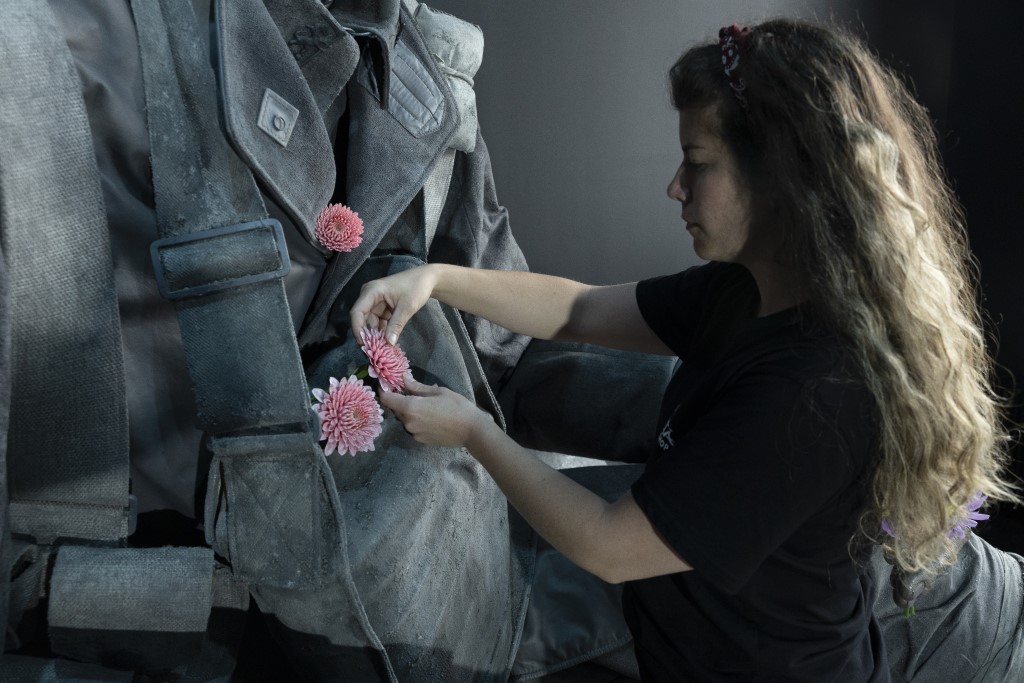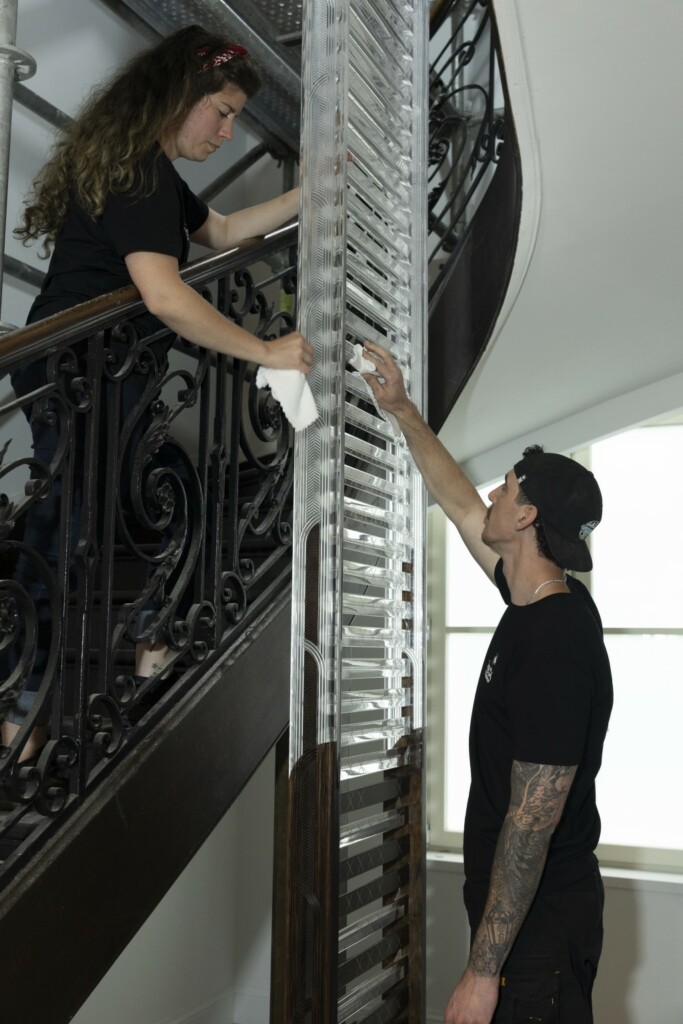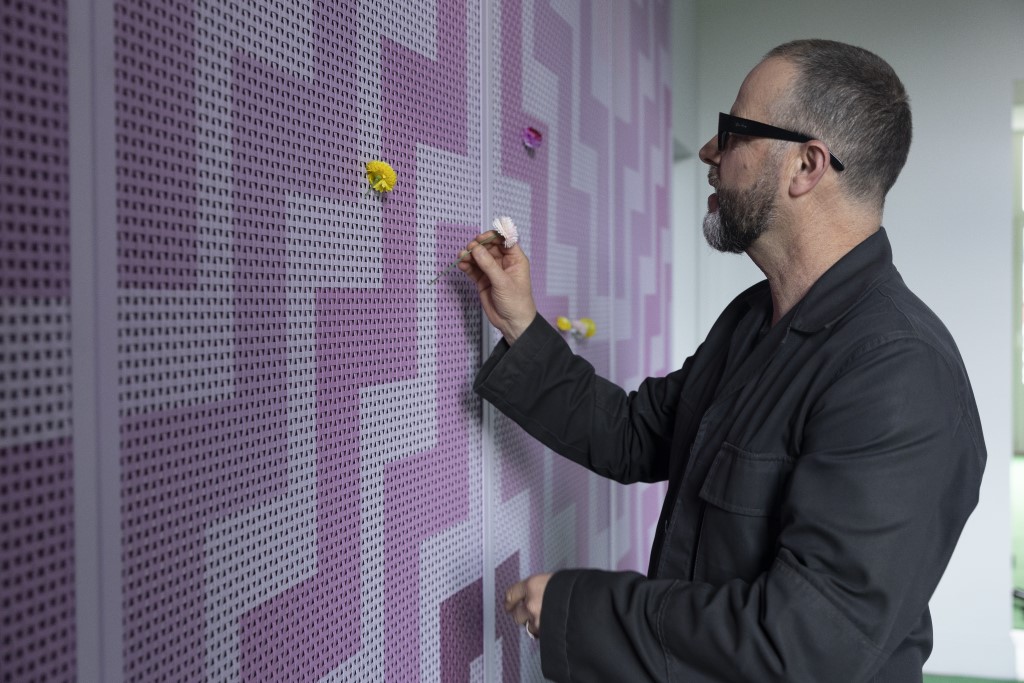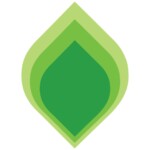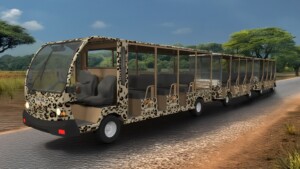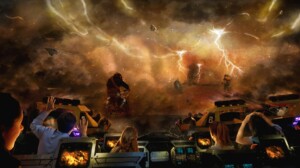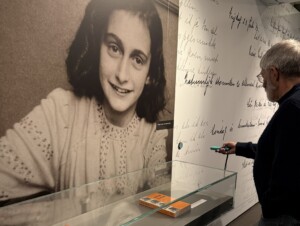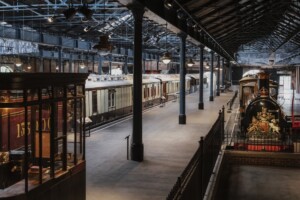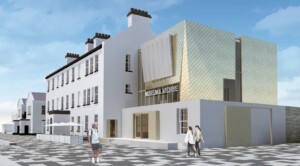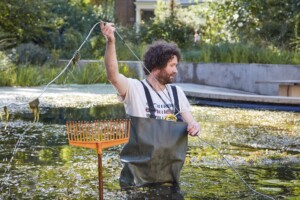Wētā Workshop, a creative studio combining artistry and innovation, has shared details of three exhibits which the firm has developed for the New Zealand Liberation Museum – Te Arawhata. The museum in Le Quesnoy, France, opens to the public today.
The opening event will honour a friendship that dates back more than a century, and will celebrate the launch of The New Zealand Liberation Museum – Te Arawhata, a museum that reflects on war while representing “freedom, friendship, and the future”. Dignitaries, descendants of New Zealand troops who participated in the liberation of Le Quesnoy during World War One, donors who have supported the initiative, and members of the public are expected to attend.
The museum will be officially opened by The Rt Hon Sir Jerry Mateparae and Marie-Sophie Lesne, the mayor of Le Quesnoy.
Connecting past & present
Wētā Workshop has developed the visitor experience for the new museum. The firm has revealed details of three key exhibits: an enormous sculpture of a soldier who holds winter flowers from Northern France, representing freedom; a wall of remembrance inspired by tukutuku panels, which symbolises friendship; and Te Arawhata (The Ladder), a beautiful, large-scale museum showpiece which looks to the future.
The New Zealand Memorial Museum Trust – Le Quesnoy (NZMMT-LQ) has driven the $15 million development. NZMMT-LQ chairperson Sir Don McKinnon says: “The NZ Liberation Museum – Te Arawhata was built on freedom, friendship, and the future. This is New Zealand’s first memorial museum in Europe for our soldiers, but it is also a place for not only Kiwis, but people from around the world, to visit and celebrate freedom, friendship and the importance of learning from the past to support a better future.”
The name of the museum was inspired by the inventive Kiwi soldiers who scaled the town walls with a ladder on 4 November 1918 to free Le Quesnoy’s residents from a four-year German occupation. Although no civilian lives were lost thanks to this creative strategy, many New Zealand soldiers were killed and are buried in the Le Quesnoy cemetery.
McKinnon comments: “Wētā Workshop, with its vast expertise in crafting immersive worlds, has created a multi-sensory experience that connects visitors to the liberation of Le Quesnoy as well as commemorating the 12,500 Kiwis who died in France and Belgium during World War One.”
A living memorial
Wētā Workshop wanted to transport visitors into the past, and so have created a highly detailed, meticulously crafted, and historically accurate experience.
Andrew Thomas, Wētā Workshop senior creative director, explains: “Te Arawhata is not just a museum. It’s a living testament to the unbreakable bonds forged between nations in times of adversity. The exhibit allows them to stand alongside the brave soldiers who fought for freedom. This living memorial encapsulates the essence of unity and sacrifice, and we are honoured to bring this narrative to life.”
Visitors will experience:
- The Encounter Room. One of the first exhibits that visitors see when they approach the museum is an enormous soldier from the New Zealand Rifle Brigade, which symbolises freedom.
This piece is similar to the hyper-realistic soldiers that Wētā Workshop made for Gallipoli: The Scale of Our War at Te Papa in Wellington. Cutting-edge manufacturing technology has been used to create this huge piece. The soldier has laid down his rifle and sits on the path in a profound moment of contemplation after the liberation. - We Will Remember Them. The museum’s second floor features a space lined with vibrant tukutuku-inspired panels, which represent friendship. Visitors are invited to add their own messages on the walls. The panels are brightly coloured to symbolise the winter flowers given which the residents of Le Quesnoy gave to the soldiers following the liberation.
The bravery of the Kiwi soldiers forged an unbreakable relationship between the residents of Le Quesnoy and New Zealand. Many streets in the town bear New Zealand-inspired names, such as Place des All Blacks and Rue du Dr Averill (named after Second Lieutenant Leslie Averill, the first person to climb the ladder). In addition, the people of Le Quesnoy observe Anzac Day every year to remember the Kiwis who freed their town. - Te Arawhata Sculpture. Te Arawhata – the ladder – is central to Le Quesnoy’s history. In this exhibit, it looks to the future and represents a route to greater understanding. The 7.4m tall ladder stands in the centre of the museum’s stairwell and is made from translucent and reflective materials which create an inspiring environment for visitors as they climb to the second floor, where they will enter spaces for contemplation and gaining deeper understanding.
Building a peaceful future
The museum represents the power of friendship, forged between residents of Le Quesnoy and New Zealand over decades, says Lesne, who comments: “It will be a second victory for peace and freedom and we all gratefully welcome this wonderful place that our New Zealand friends are giving us.”
She adds: “It will broaden the cultural offer significantly and help us become a more prosperous and attractive town.”
Willie Apiata, VC, a supporter of the new development, says: “As a person who has served and experienced conflict, I have seen first-hand the tragedies of war. Te Arawhata is a place where the historic stories of our brave New Zealanders will be told, revisited, and remembered as we build a united peaceful future together.”
Te Rūnanga o Ngāti Waewae blessed the museum yesterday, 10 October, ahead of today’s opening. At the blessing, a pounamu cleansing stone donated by Te Rūnanga o Ngāti Waewae was revealed at the entrance to the museum.
Guests at the official opening event will include: Vice Admiral Sir Tim Laurence
(husband to Anne, The Princess Royal); the Rt Hon Dame Patsy Reddy (chair of New
Zealand Rugby); Clare de Lore, Lady McKinnon; Sir Lockwood Smith and Lady Alexandra
Smith; George Hickton (chair of Wētā Workshop); Andrew Thomas (senior creative director
Wētā Workshop); Tracey Collis (mayor of Tararua District Council); Susan O’Regan (mayor
of Waipa District Council); Grant Smith (mayor of Palmerston North City Council); and Sir Wayne “Buck” Shelford (national president NZ RSA).
The event will also be attended by families descended from the soldiers who took part in the liberation of Le Quesnoy.
Richard Izard, founding partner who has contributed $3.5 million, will speak at the opening over video message. His great-niece, Felicity Wilson, will attend on his behalf.
Also in attendance will be Brendan and Jo Lindsay, the Lindsay Foundation, founding partners who have contributed $3.5 million.
The project has been privately funded through generous donations, and fundraising is still ongoing with the goal of exceeding the project target of $15 million.
From the Field to the Front also opens in the museum today. This rugby exhibition shares stories of All Blacks who served in World War One, and explores the significance of the game in New Zealand’s culture.

